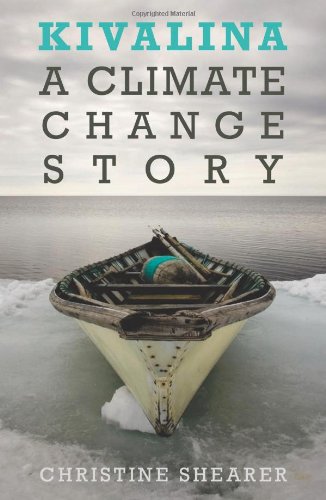For the Inupiat people of Kivalina in the Arctic of Alaska, the price of further climate change denial could be the complete devastation of their lives and culture. Their crumbling village must be relocated to survive. But neither the government, nor the fossil fuel giants who have helped speed up the destruction of their village seem to willing to take responsibility.
The media gave the lawsuit brief attention that quickly faded, and the judge’s ruling was issued with little discussion or notice outside of certain legal circles. Meanwhile, the people of Kivalina are still in danger from the effects of climate change, in a situation that is going to become more common throughout the world.
For roughly the past ten thousand years we have enjoyed a relatively stable climate that has allowed for the development of agriculture and civilization. Such stability is the exception, not the norm, when it comes to the earth’s 4.54 billion-year history. The Earth has oscillated between long periods of cooling (glaciations) and shorter periods of warming (interglacials), sometimes undergoing radical climate variations within the span of a century or even a decade. Evidence suggests that later glaciations correspond with periodic shifts in the earth’s orbit, tilt, and precession (movement of the axis), which can reduce the amount of energy received at the poles. This small temperature perturbation, in turn, can kickstart a glaciation through feedbacks: as ice builds, greenhouse concentrations within the oceans are sequestered and reduced in the atmosphere, and the ice reflects a greater amount of sunlight back to space (the “albedo effect”). These processes maintain the cooling, and can create the conditions for layer upon layer of cumulative ice sheets.
